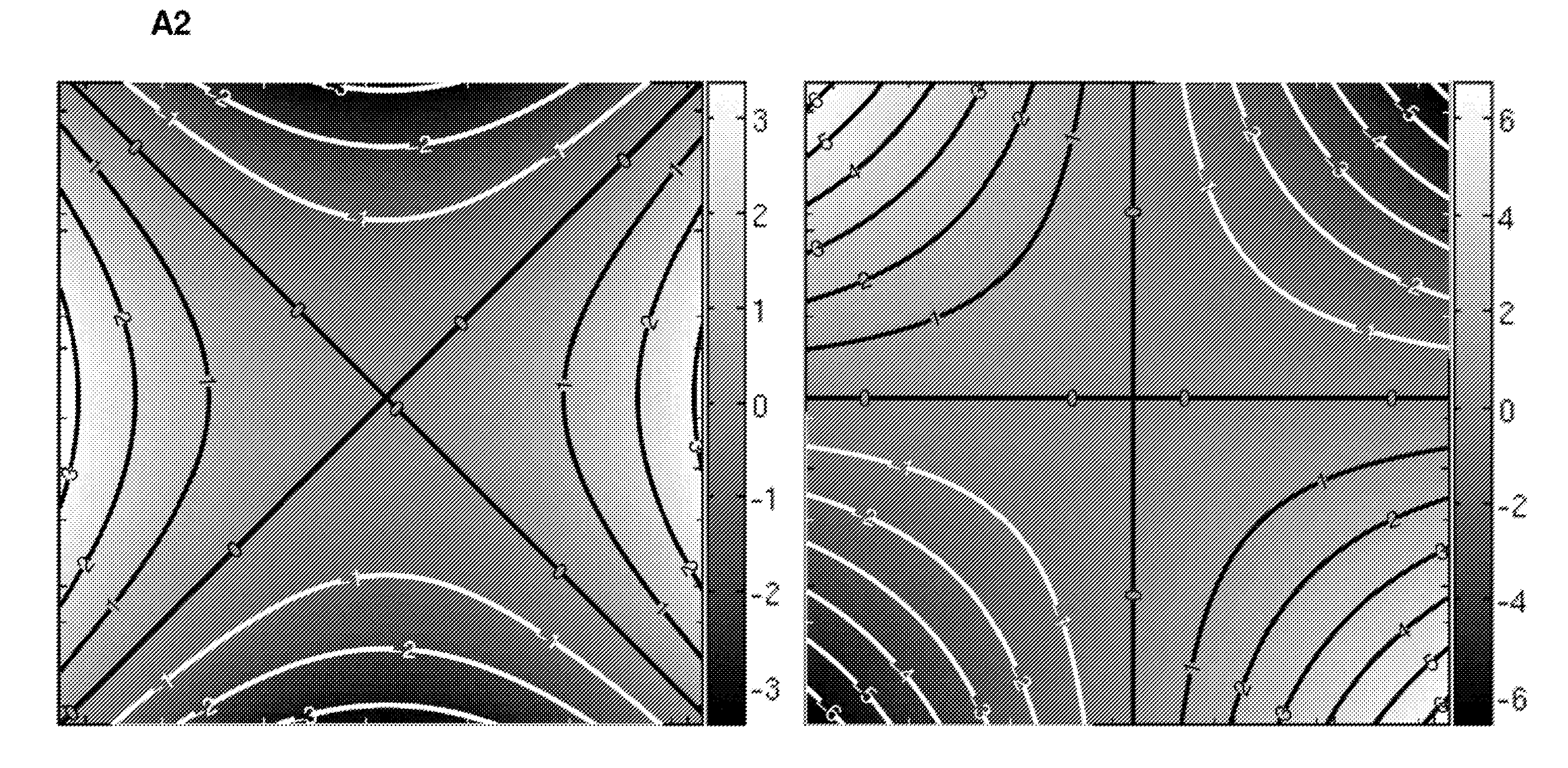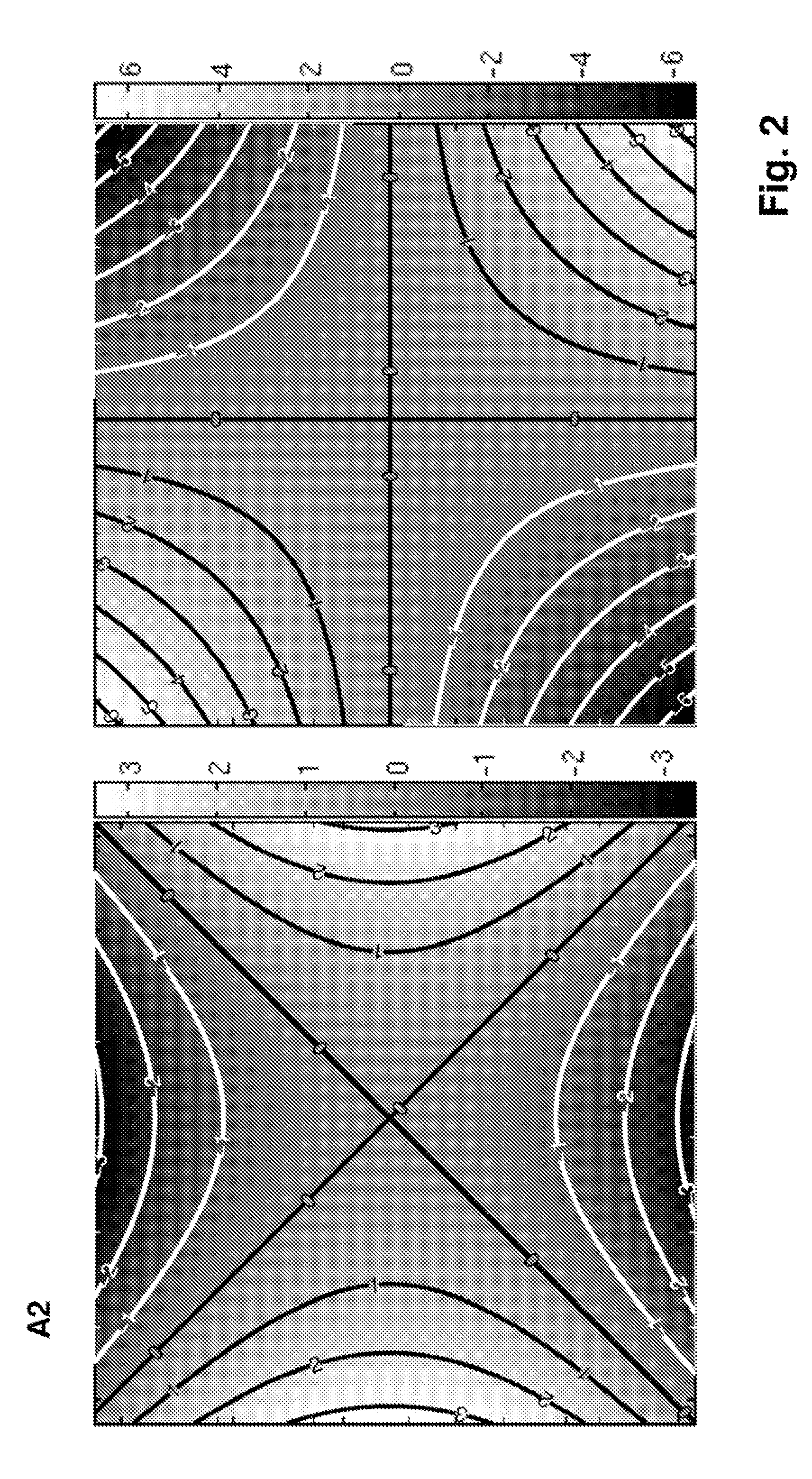Method for position dependent change in the magnetization in an object in a magnetic resonance experiment
a magnetic resonance experiment and magnetization technology, applied in the field of magnetization position dependent change in the magnetization, can solve the problems of large mechanical loads on the mr measurement apparatus, the implementation of gradient coils reaching technical limits, and the deviation of the typical application gradient strength, etc., to reduce the length of excitation pulses and reduce signal losses
- Summary
- Abstract
- Description
- Claims
- Application Information
AI Technical Summary
Benefits of technology
Problems solved by technology
Method used
Image
Examples
Embodiment Construction
[0065]FIG. 1 schematically shows an MR measurement apparatus that is suitable for performing the inventive method. The system contains the main magnet M, with which the essentially homogeneous and static basic magnetic field is produced in a volume under examination V. The part of the object under examination that is contained in the volume under examination will subsequently be referred to as the object under examination or simply the object O. Surrounding this volume under examination V, a global gradient system, comprising three sets of gradient coils GX, GY, and GZ, and a local gradient system are put into the bore of the main magnet M with which different variants of local additional fields, local gradients, can be implemented by switching coils, usually multiple coils, to form coil combinations G1, G2. Global and local gradient systems do not have to be implemented as separate devices but may access shared gradient coils. FIG. 3 shows examples of 2 such coil combinations, G1 a...
PUM
 Login to View More
Login to View More Abstract
Description
Claims
Application Information
 Login to View More
Login to View More - R&D
- Intellectual Property
- Life Sciences
- Materials
- Tech Scout
- Unparalleled Data Quality
- Higher Quality Content
- 60% Fewer Hallucinations
Browse by: Latest US Patents, China's latest patents, Technical Efficacy Thesaurus, Application Domain, Technology Topic, Popular Technical Reports.
© 2025 PatSnap. All rights reserved.Legal|Privacy policy|Modern Slavery Act Transparency Statement|Sitemap|About US| Contact US: help@patsnap.com



